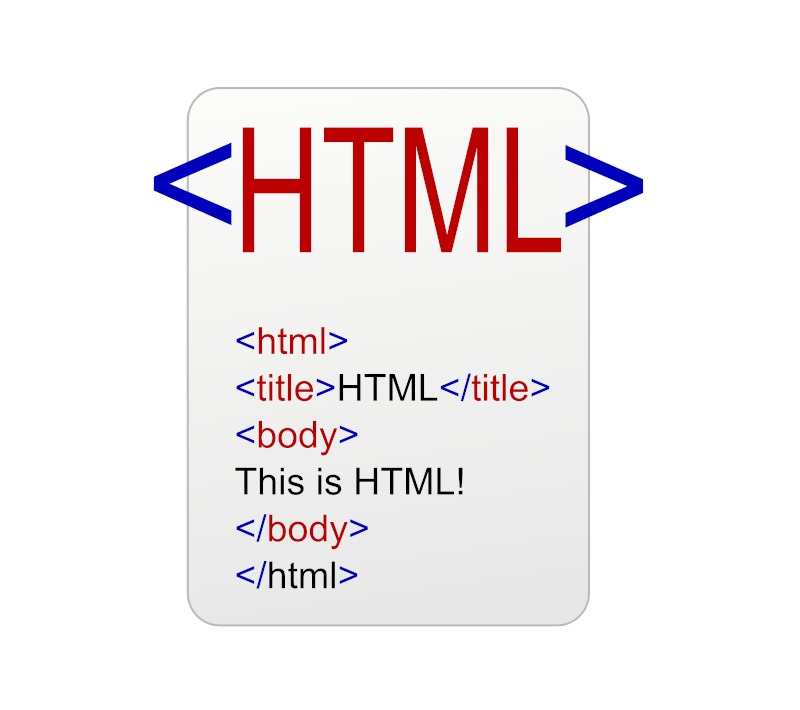Recommended articles about parsing engines
Perhaps many people will think that the current HTML parser is enough, and even simple regular expressions can already meet the needs of manipulating HTML documents. Yes, for the vast majority of HTML documents on the Internet, in fact, most of them meet the XHTML specifications, and their parsing does not require a powerful parser. But a powerful parser is one thing, and a perfect parser is another. Jumony Core first provides a nearly perfect HTML parsing engine, and its parsing results are infinitely close to those of the browser. Whether it is elements without end tags, elements with optional end tags, tag attributes, or CSS selectors and styles, all legal and illegal HTML documents will be parsed by the browser, and Jumony will parse them into whatever they are. Sample. In other words, the results of Jumony parsing are the same as the results of browser parsing, so you no longer have to worry about whether the HTML document can be recognized. If the browser can read it, Jumony can understand it. There is only one step between perfection and power, but a perfect parser allows you to never have to care about the HTML source document. The following are the features supported by the Jumony parser
1. Detailed explanation of a perfect HTML parsing engine (Jumony)

Introduction: Jumony Core first provides a nearly perfect HTML parsing engine, and its parsing results are infinitely close to those of the browser. Whether it is elements without end tags, elements with optional end tags, tag attributes, or CSS selectors and styles, all legal and illegal HTML documents will be parsed by the browser, and Jumony will parse them into whatever they are. Sample. In other words, the results of Jumony parsing are the same as the results of browser parsing, so you no longer have to worry about whether the HTML document can be recognized. If the browser can read it, Jumony can understand it.

## Introduction: ASPX file is Microsoft's dynamic web page file that runs on the server. After parsing and executing through IIS, you can get the dynamic page. It is a new network programming method introduced by Microsoft, not a simple upgrade of ASP, because of its programming method It is very different from ASP. It is a program code compiled and executed by the server on the server side. ASP uses a script language. Every time a request is made, the server calls the script parsing engine to parse and execute the program code, while ASP.NET It can be written in multiple languages, and is fully compiled and executed. It is faster than ASP. Moreover, it is not just a matter of speed, but also has many advantages. .asp is the file suffix of asp, .aspx is the file suffix of asp.Net
3. dedecms template dedecms template production and usage method
Introduction: dedecms template: dedecms template dedecms template production and usage: Analysis engine overview template design specification code reference mark reference: arclist (artlist, likeart, hotart, imglist, imginfolist, coolart, specart) field channel mytag vote friendlink mynews loop channelartlist page list pagelist pagebreak fieldlist 1.
4. power by dedecms dedecms Global tag graphic tutorial used in making templates

Introduction: power by dedecms:power by dedecms dedecms Graphic tutorial on global markers used in making templates: If this official template The explanation is too abstract, you can refer to: Analysis engine overview template design specification code reference tag reference: arclist(artlist,likeart,hotart,imglist,imginfolist,coolart,specart) field channel mytag vote friendlink mynews loop channelartlist page lis
5. How to use dedecms template making_PHP tutorial
Introduction: How to use dedecms template making. Parsing engine overview template design specification code reference mark reference: arclist(artlist,likeart,hotart,imglist,imginfolist,coolart,specart)fieldchannelmytagvotefriendlinkmynewsloopchanne
6. __construct(in PHP ), __destory(), __get(), __set(), __call(),_PHP Tutorial
Introduction: __construct(), __destory(), __get(), __set(), __call(), in PHP. (1) __construct() is PHP's built-in constructor, which is automatically called by the PHP parsing engine. When an object is instantiated, this method of the object is first called. Example: c
[Related Q&A recommendations]:
The above is the detailed content of Recommended articles about parsing engines. For more information, please follow other related articles on the PHP Chinese website!

Hot AI Tools

Undresser.AI Undress
AI-powered app for creating realistic nude photos

AI Clothes Remover
Online AI tool for removing clothes from photos.

Undress AI Tool
Undress images for free

Clothoff.io
AI clothes remover

Video Face Swap
Swap faces in any video effortlessly with our completely free AI face swap tool!

Hot Article

Hot Tools

Notepad++7.3.1
Easy-to-use and free code editor

SublimeText3 Chinese version
Chinese version, very easy to use

Zend Studio 13.0.1
Powerful PHP integrated development environment

Dreamweaver CS6
Visual web development tools

SublimeText3 Mac version
God-level code editing software (SublimeText3)

Hot Topics
 What is the role of char in C strings
Apr 03, 2025 pm 03:15 PM
What is the role of char in C strings
Apr 03, 2025 pm 03:15 PM
In C, the char type is used in strings: 1. Store a single character; 2. Use an array to represent a string and end with a null terminator; 3. Operate through a string operation function; 4. Read or output a string from the keyboard.
 How to use various symbols in C language
Apr 03, 2025 pm 04:48 PM
How to use various symbols in C language
Apr 03, 2025 pm 04:48 PM
The usage methods of symbols in C language cover arithmetic, assignment, conditions, logic, bit operators, etc. Arithmetic operators are used for basic mathematical operations, assignment operators are used for assignment and addition, subtraction, multiplication and division assignment, condition operators are used for different operations according to conditions, logical operators are used for logical operations, bit operators are used for bit-level operations, and special constants are used to represent null pointers, end-of-file markers, and non-numeric values.
 How to handle special characters in C language
Apr 03, 2025 pm 03:18 PM
How to handle special characters in C language
Apr 03, 2025 pm 03:18 PM
In C language, special characters are processed through escape sequences, such as: \n represents line breaks. \t means tab character. Use escape sequences or character constants to represent special characters, such as char c = '\n'. Note that the backslash needs to be escaped twice. Different platforms and compilers may have different escape sequences, please consult the documentation.
 The difference between multithreading and asynchronous c#
Apr 03, 2025 pm 02:57 PM
The difference between multithreading and asynchronous c#
Apr 03, 2025 pm 02:57 PM
The difference between multithreading and asynchronous is that multithreading executes multiple threads at the same time, while asynchronously performs operations without blocking the current thread. Multithreading is used for compute-intensive tasks, while asynchronously is used for user interaction. The advantage of multi-threading is to improve computing performance, while the advantage of asynchronous is to not block UI threads. Choosing multithreading or asynchronous depends on the nature of the task: Computation-intensive tasks use multithreading, tasks that interact with external resources and need to keep UI responsiveness use asynchronous.
 The difference between char and wchar_t in C language
Apr 03, 2025 pm 03:09 PM
The difference between char and wchar_t in C language
Apr 03, 2025 pm 03:09 PM
In C language, the main difference between char and wchar_t is character encoding: char uses ASCII or extends ASCII, wchar_t uses Unicode; char takes up 1-2 bytes, wchar_t takes up 2-4 bytes; char is suitable for English text, wchar_t is suitable for multilingual text; char is widely supported, wchar_t depends on whether the compiler and operating system support Unicode; char is limited in character range, wchar_t has a larger character range, and special functions are used for arithmetic operations.
 How to convert char in C language
Apr 03, 2025 pm 03:21 PM
How to convert char in C language
Apr 03, 2025 pm 03:21 PM
In C language, char type conversion can be directly converted to another type by: casting: using casting characters. Automatic type conversion: When one type of data can accommodate another type of value, the compiler automatically converts it.
 How to use char array in C language
Apr 03, 2025 pm 03:24 PM
How to use char array in C language
Apr 03, 2025 pm 03:24 PM
The char array stores character sequences in C language and is declared as char array_name[size]. The access element is passed through the subscript operator, and the element ends with the null terminator '\0', which represents the end point of the string. The C language provides a variety of string manipulation functions, such as strlen(), strcpy(), strcat() and strcmp().
 What is the function of C language sum?
Apr 03, 2025 pm 02:21 PM
What is the function of C language sum?
Apr 03, 2025 pm 02:21 PM
There is no built-in sum function in C language, so it needs to be written by yourself. Sum can be achieved by traversing the array and accumulating elements: Loop version: Sum is calculated using for loop and array length. Pointer version: Use pointers to point to array elements, and efficient summing is achieved through self-increment pointers. Dynamically allocate array version: Dynamically allocate arrays and manage memory yourself, ensuring that allocated memory is freed to prevent memory leaks.






